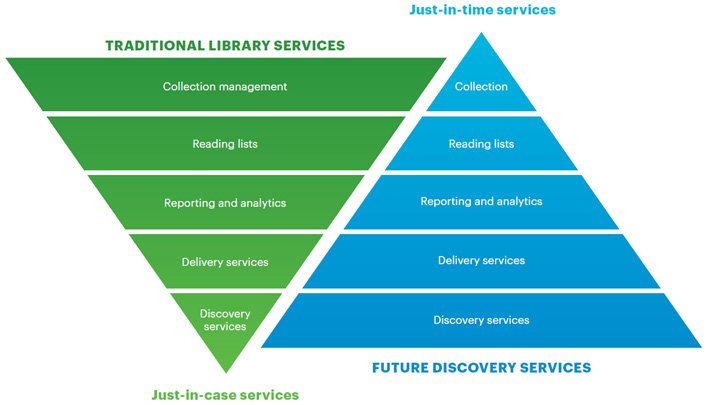
If you’re like me, one of your biggest travel fears is not having something to read while on the road, in the sky, etc. The difference between my being irritable versus relaxed after a two-hour layover can come down to whether I have something good to read during the wait.
About five years ago, though, I noticed a change in my travel reading routine. I was browsing in an airport bookstore and found a fun novel that was, frankly, too thick to fit into my already overstuffed laptop case. So, I stepped out of the store, found it on Amazon on my smartphone, and bought the e-book. On the way home, however, I found a slim nonfiction title that I didn’t just want to read, but share with a colleague. So, I bought the hardcover (and wedged it in there somehow).
The advertising guru Roy H. Williams famously said, “The first step in exceeding your customer’s expectations is to know those expectations.” What my airport reading adventure points out is this: when it comes to print versus electronic resources, expectations have become pretty challenging.
The future is service-focused
It’s obvious that library users have shifting preferences about print versus electronic materials. In response, many libraries have devoted larger and larger portions of their budgets toward e-resources. But, like my travel reading preferences, complex user requirements point to the need for a more nuanced response rather than simply, “buy more e-stuff.”
Staff at Edith Cowan University Library created this image that does a great job of showing how more traditional library services start with collections, whereas today’s libraries are switching that up to start with discovery. That’s a great model, as it keeps the focus on customer behavior (discovery) as opposed to library processes (cataloging).

Three libraries, three different sets of expectations
We talked to several libraries about what steps they’re taking to make this flip, and we’ve shared their responses in a report, Continuing to meet the e-resources challenge. Here are three snapshots from these interviews that speak to customer-focused attitudes and programs.
- Royal District Nursing Service (RDNS) SA Ltd Library: Improve discovery with automatically updated records
One of the promises of e-resources is full-text, 24/7 access from anywhere. That’s especially important when being on the road is part of a user’s job, as is the case for home healthcare providers. Like many libraries, the one supporting Australian home nursing and health care provider RDNS SA Ltd found that records for e-resources change frequently. Getting the right resources to their nurses is imperative, and they’ve come to rely on the fact that OCLC’s partnerships with publishers automatically update records when URLs or other information change.
- Swinburne University: Let customers decide what belongs in your collection
Demand-driven acquisition (DDA) programs give your users the power to build the collection they’ll be using. Research at Swinburne University in Australia found that only 21% of staff-selected e-book titles circulated. With DDA, 100% of titles circulate. And now Swinburne students and faculty have access to more than 600,000 titles that have been selected by their peers.
- Hillsdale College: Integrate e-resources into single-search
We’re all accustomed to finding information through a simple search. Students are no different and are unlikely to dig through multiple databases or collections in your catalog. Staff at Hillsdale College in the United States initially struggled to integrate e-resource holdings into their regular catalog, as vendor-supplied records for electronic content rarely met their standards. Using the WorldCat knowledge base, however, they can now download high-quality, full MARC records for most e-resources and get holdings set for those titles. That means that their users can now search the full collection at once and access e-resources much more easily.
Why can’t there be one simple solution?
Because every library is different, and every user is different. And even the same user—like me at the airport—is going to have different needs on different days.
Achieving the perfect, user-centered library isn’t about having one simple goal. It’s about adopting a mindset that changes as technology and user preferences evolve. It’s about knowing and then meeting expectations. The case studies provided in Continuing to meet the e-resources challenge will give you some great examples of how other libraries are doing just that.


Share your comments and questions on Twitter with hashtag #OCLCnext.